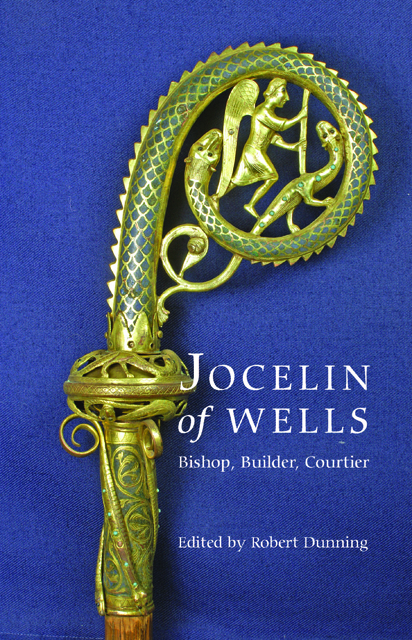9 - Lichens on the stonework of the Bishop’s Palace, Wells
Published online by Cambridge University Press: 02 March 2023
Summary
Introduction
It may seem rather unusual to have such a chapter as this one within an historical and archaeological book. This arises because I was asked to carry out a survey of the lichens on the walls and stonework of the Bishop’s Palace and walls as part of the investigations about the building prior to its development as an historic site for the public to visit. As far as I am aware, this is the first lichen survey that has been done there. The full results have been previously privately reported more fully and this chapter summarises those findings with some additional analysis of the data relating it to the possible age of the stonework. The justification for taking an interest in the lichens (why these of all the possible groups of organisms?) is as follows.
Firstly, the appearance of stone buildings by way of colour and texture is often more to do with the lichens growing on the stone than the stone itself. Indeed, if one were, as if by magic, to remove instantly all the stone substance from the palace, one would still recognise the buildings and walls as they are now by the remaining lichens making their outlines. Secondly, lichens grow in communities (rather like people) but they grow extremely slowly and it takes a long time (hundreds of years) for communities to develop. The consequence is that the large area of stonework on the palace, some dating back to medieval times, is potentially of importance as a reserve of unusual lichen species. And with our commitment to the conservation of biodiversity, we should recognise and try to conserve where possible the lichens of the palace for their own sake. This also will conserve the appearance of the buildings and walls. Thirdly, it may be possible to date some of the stonework from the lichens that occur on it. I found from looking at dated gravestones that the lichen communities which had developed on older gravestones were different in their species make up from those on more recent gravestones; the nineteenth-century stones had species on them that were not found on twentieth-cenury stones and some were only found on eighteenth-century and earlier stones.
- Type
- Chapter
- Information
- Jocelin of WellsBishop, Builder, Courtier, pp. 154 - 168Publisher: Boydell & BrewerPrint publication year: 2010

